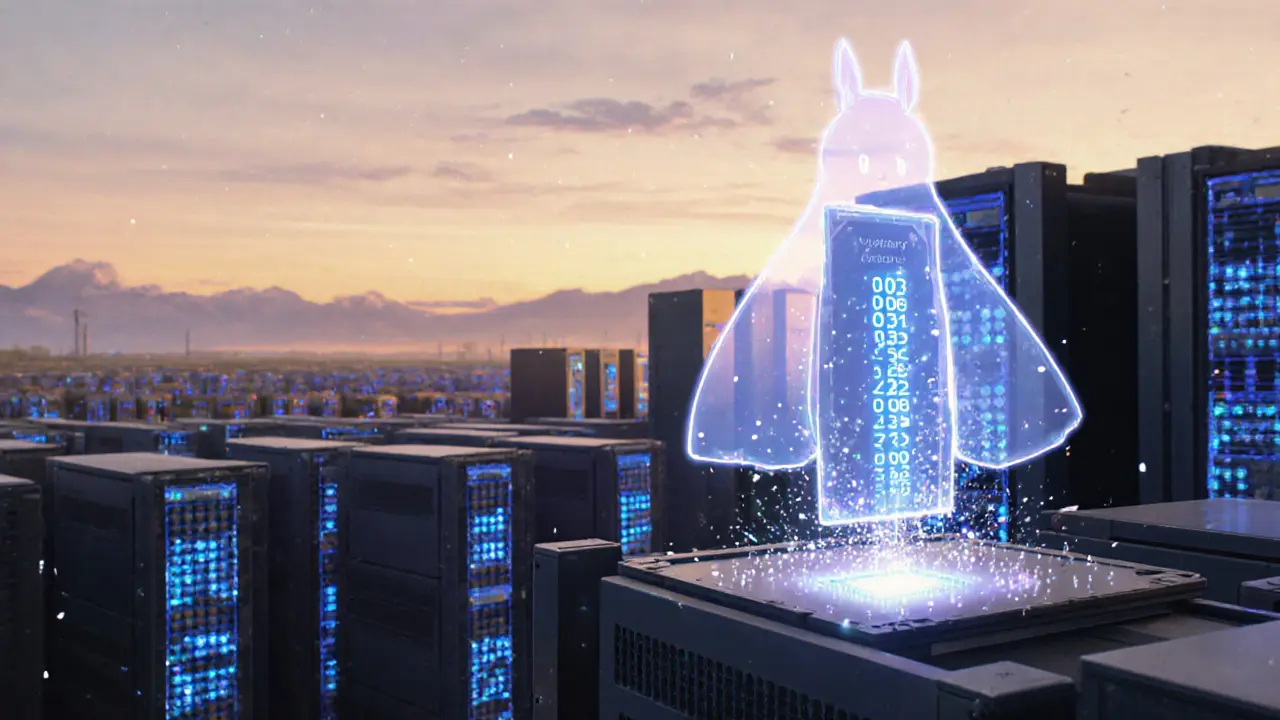Bitcoin Mining: Basics, Challenges, and Trends
When talking about Bitcoin mining, the process of validating transactions and adding new blocks to the Bitcoin blockchain using computational power. Also known as crypto mining, it secures the network, creates new coins, and keeps the ledger honest.
Key Factors Shaping Bitcoin Mining
Successful mining hardware, specialized ASIC machines that perform SHA‑256 calculations at extreme speed is the backbone of any operation – bitcoin mining requires mining hardware, and the power of those machines directly influences how quickly blocks are solved. The hardware’s efficiency ties straight into energy consumption, the amount of electricity needed to run ASICs 24/7. High‑energy draw raises operating costs, which in turn shapes the profitability model for miners. Because the network adjusts difficulty to maintain a roughly 10‑minute block interval, energy usage also affects confirmation time, the delay between a transaction being broadcast and it becoming irreversible. Faster hardware can shave seconds off that window, but the protocol’s safety rules keep confirmation time within a predictable range, preventing double‑spend attacks. Miners often join mining pools, collaborative groups that combine hash power to share rewards more steadily to smooth out income volatility; pools influence how often a miner sees a payout, even if individual hardware isn’t the fastest. Together, these elements create a feedback loop: better hardware lowers confirmation time, which can attract more participants, driving up total network hashrate and, consequently, energy consumption.
Understanding these interconnections helps you gauge where the industry is heading. As regulators eye energy use and as new ASIC designs push efficiency limits, miners must balance cost, speed, and sustainability. Below you’ll find a curated set of articles that break down transaction speed, double‑spend protection, regional mining policies, and the latest hardware reviews. Whether you’re a hobbyist looking to dip a toe or a seasoned operator scouting the next profit‑maximizing upgrade, the pieces ahead give you practical tips and up‑to‑date analysis to make smarter mining decisions.
Understanding Nonce Overflow in Bitcoin Mining - What It Is and How to Manage It
Learn what nonce overflow is, why it happens in Bitcoin mining, how extraNonce solves it, practical tips for miners, and future developments.
